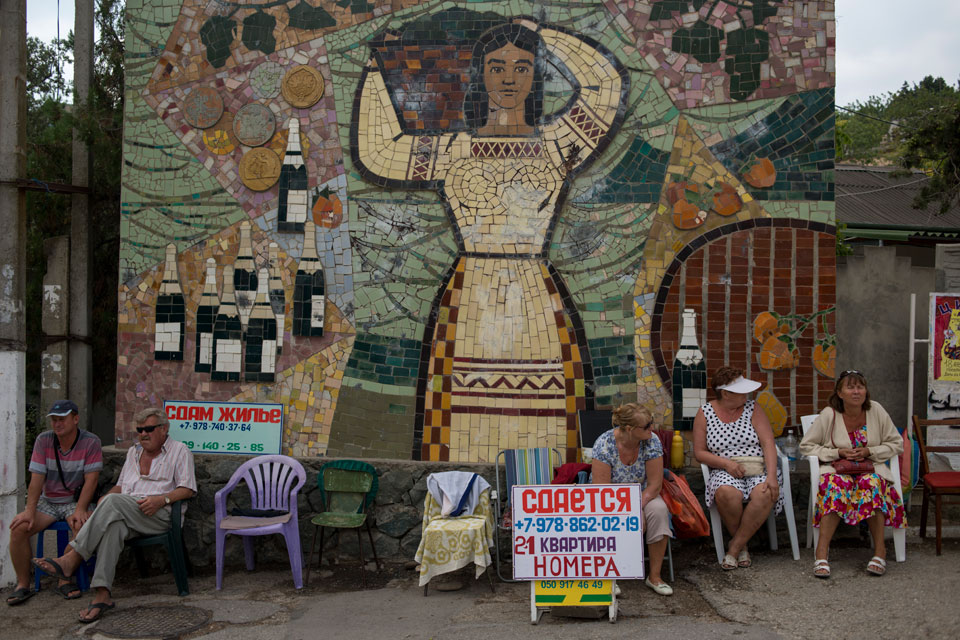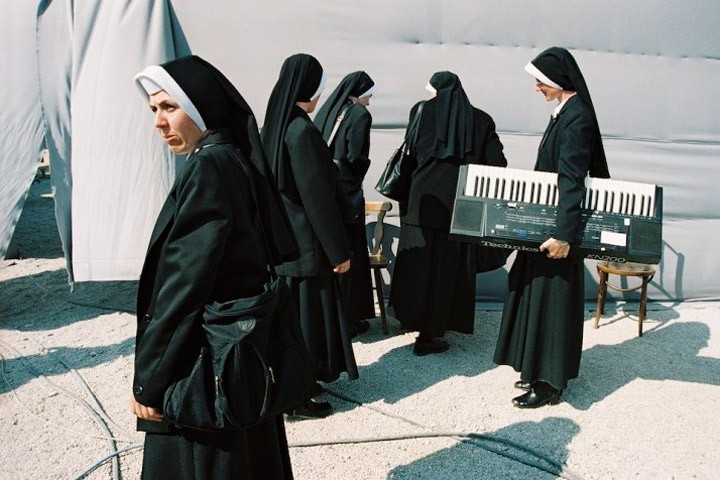
The Red Road: Post-Soviet Countries in Nick Hannes’ Series

A Belgian photographer. Lives in Antwerp. Studied photography in the Royal Academy of Fine Arts in Ghent. Received Nikon Press Photo Awards in 2009 and 2013. Participated in numerous solo and group exhibitions in Belgium, France, the Netherlands, the United States and Japan.
A backpack, a camera, an itinerary, and a year. This was all I needed to get from Antwerp to Vladivostok and back via Armenia, Georgia, Azerbaijan, Turkmenistan, Uzbekistan, Tajikistan, Kyrgyzstan, Kazakhstan, Mongolia and Russia. That's 16,780 kilometers as the crow flies, but more than 56,000 km my style.



I spent a winter in the Caucasus, a spring in Central Asia, a summer in Mongolia, and an autumn in Siberia. A trip over mountains and through deserts. A trip along the Great Silk Road and through the vast steppes where Genghis Khan once founded his glorious empire. But also, and chiefly, a trip to much more recent history, along the ragged edges of what had once been the Soviet Union. In search of traces of the red past and the tendencies that emerged after 1991. Past the stereotypes that portray the area in our collective memory. Because the gray and leaden image of the Soviet countries is only half the truth. The reality is more colorful, more diverse and startling.
The majority of the population of the disintegrated Soviet Empire has long since abandoned the high hopes of freedom and promises of riches that had arisen in 1991.
Freedom and independence have their price. Not all republics were left unscathed after the implosion of the Soviet bloc. Over the past two decades, the former Soviet countries have evolved in divergent directions and at different speeds. Countries such as Belarus and Turkmenistan have witnessed the rise of dictatorships, while authoritarian leaders govern the central-Asian republics. Georgia and Ukraine underwent non-violent pro-Western regime changes, while the Baltic States became members of the European Union in 2004.


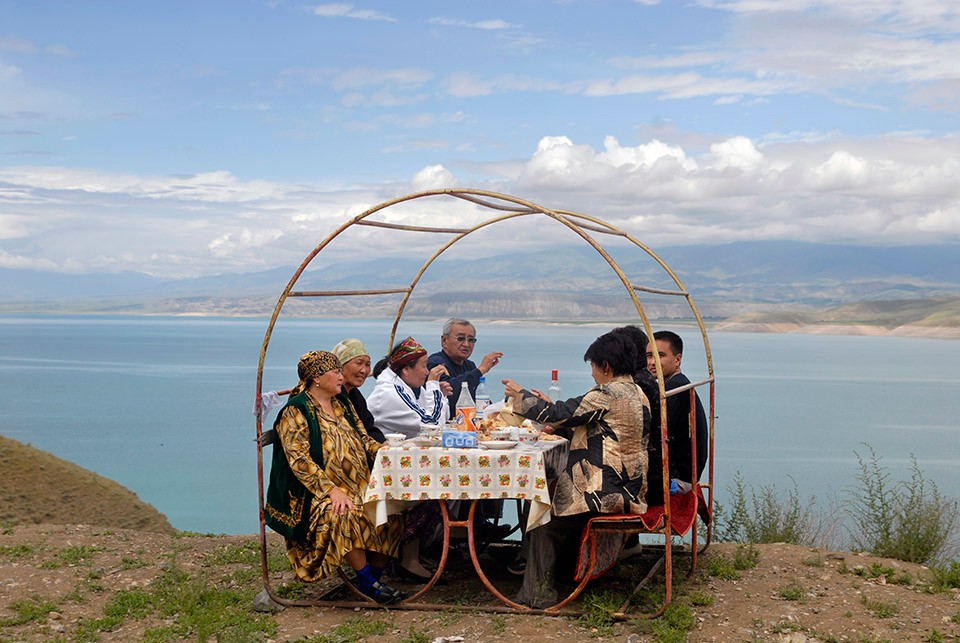

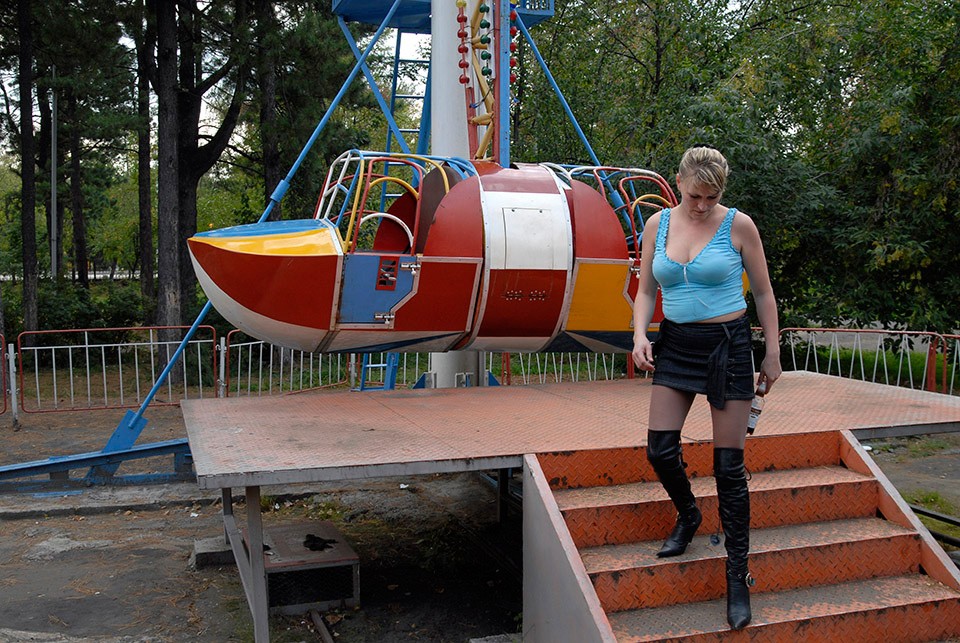

And yet there are strikingly general tendencies shared by a number of these countries in transition: the gap between the poor and the rich is growing. Capital flows effortlessly into the capitals, whereas the living standards in the countryside and small villages are hardly improving. The male population of the poor countries is emigrating on a mass scale in search of work, disrupting the domestic equilibrium. Corruption and nepotism determine power relations, and ethnic tensions frequently lead to war. Disaster areas such as Chernobyl and the Aral Lake are still suffering from irreparable ecological damage. Religion, which had been prohibited for a long time, is flourishing.
Churches and mosques are reconstructed or renovated, while the ruins of industrial complexes and the mountains of chemical waste left by the Soviets are still waiting for cleanup and repair.
Former Soviet countries are infused with a spirit of melancholia. This is an area of extremes, a space of glaring contrasts caught in an uncertain present torn between nostalgia for the past and hope for a better future. Life just moves on, and society changes, although its direction is not altogether clear at times. Besides, ‘transition’ is an elastic concept. In a coffee shop in the Moldovan capital of Chisinau, I asked press photographer Nicolae Pojoga how long he thought the transitional phase of his country would last. With a wry smile on his face he replied: “Nothing is more persistent than the temporary”.


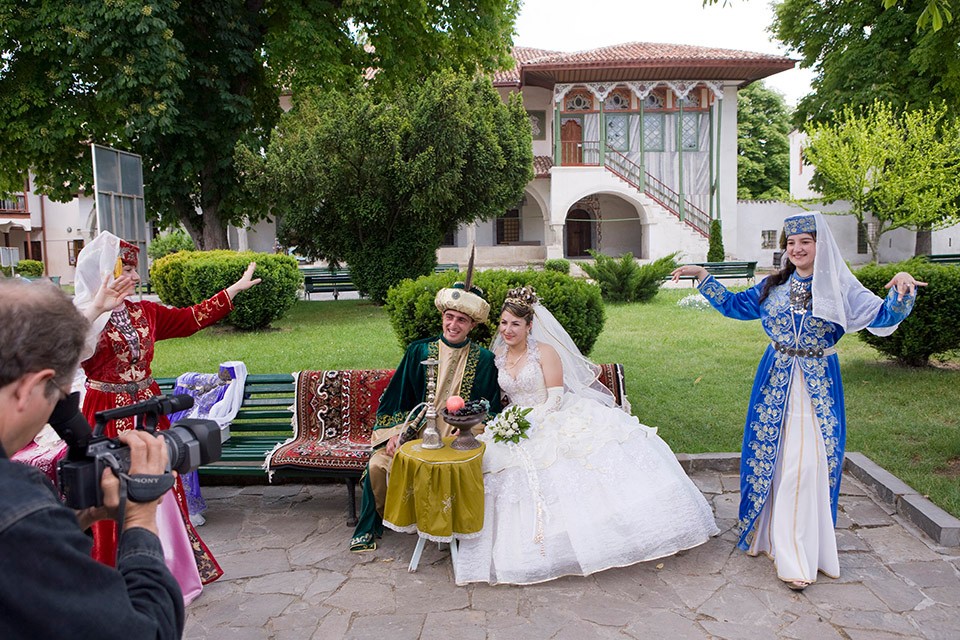


New and best


